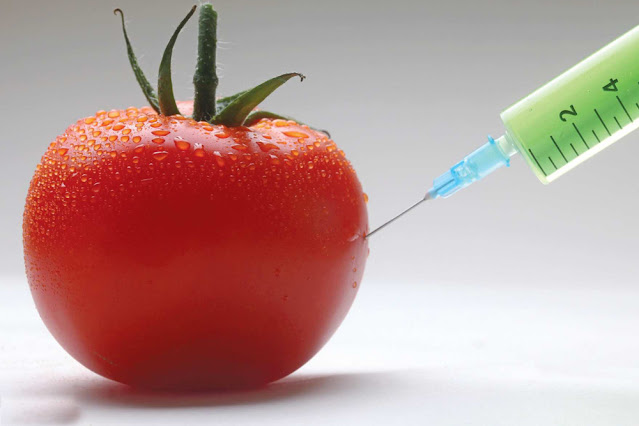Navigating the Non-Invasive Aesthetic Treatment Market
 |
| Non-Invasive Aesthetic Treatment Market |
The Non-Invasive Aesthetic Treatment Market encompasses a
wide array of cosmetic procedures aimed at enhancing appearance without
surgical interventions. These treatments, including laser therapy, injectables,
and skin rejuvenation techniques, are gaining popularity due to their minimal
downtime and lower risks compared to surgical alternatives.
Global non-invasive aesthetic treatment market is estimated
to be valued at USD 35.42 Bn in 2024 and is expected to reach USD 82.74 Bn by 2031, exhibiting a compound annual
growth rate (CAGR) of 12.9% from
2024 to 2031.
Non-Invasive Aesthetic Treatment Market refers to the sector
within healthcare focusing on cosmetic enhancements without surgical
procedures. This market includes treatments like botox injections, dermal
fillers, laser hair removal, and non-surgical body contouring. The demand for
these procedures is driven by individuals seeking aesthetic improvements with
less invasive methods.
Key Players
in the Non-Invasive Aesthetic Treatment Market
Key players operating in Non-Invasive Aesthetic Treatment Market are
Cutera, Galderma, Lumenis, Hologic, Merz Pharma GmbH & Co. KGaA, Cynosure,
Revance Therapeutics Inc., Syneron Candela, Bausch Health Companies Inc.,
Johnson & Johnson, Solta Medical, Sientra, Fotona, Sisram Medical and BTL
Aesthetics
Market Key
Trends in the Non-Invasive Aesthetic Treatment Market
Several key trends are shaping the Non-Invasive Aesthetic
Treatment Market. One trend is the increasing adoption of combination
therapies, where multiple non-invasive procedures are combined to achieve
comprehensive results. For example, combining laser treatments with injectables
for facial rejuvenation is becoming more common among consumers.
Porter
Analysis of the Non-Invasive Aesthetic Treatment Market
Threat of
New Entrants: The Non-Invasive Aesthetic Treatment Market faces a
moderate threat of new entrants due to the specialized knowledge and
technological investments required. Established players often have strong brand
recognition and customer trust.
Bargaining
Power of Suppliers: Suppliers of aesthetic devices and materials may have
moderate bargaining power, especially for innovative technologies. However, the
market's competitive nature can limit excessive pricing power.
Bargaining
Power of Buyers: Buyers in the Non-Invasive Aesthetic Treatment
Market have significant bargaining power due to the availability of multiple
providers and treatment options. Pricing transparency and quality of service
play crucial roles in attracting and retaining customers.
Threat of
Substitutes: Surgical procedures and alternative aesthetic treatments,
such as skincare products and home devices, pose a threat of substitution to
non-invasive treatments. Providers need to differentiate their offerings to
address this threat effectively.
Geographical
Regions in the Non-Invasive Aesthetic Treatment Market
The Non-Invasive Aesthetic Treatment Market exhibits varying
dynamics across different geographical regions. North America leads in market
share, driven by a high demand for cosmetic procedures and advanced healthcare
infrastructure. Europe follows closely, with countries like the UK, Germany,
and France contributing significantly to market growth. Emerging markets in
Asia-Pacific, particularly in countries like China, India, and South Korea, are
experiencing rapid adoption of non-invasive aesthetic treatments due to increasing
disposable incomes and beauty consciousness.
Segment
Analysis of the Non-Invasive Aesthetic Treatment Market
The Non-Invasive Aesthetic Treatment Market can be segmented
based on treatment type, end-user, and region. Common segments include facial
aesthetics, body contouring, hair removal, and skin rejuvenation. End-users of
these treatments range from individual consumers seeking personal enhancements
to aesthetic clinics and medical spas offering a range of services.
The Non-Invasive Aesthetic Treatment Market is characterized
by key trends such as combination therapies and faces analysis through Porter's
Five Forces model highlights the market's competitive landscape and regional
variations. Segment analysis reveals the diverse range of treatments and end-users
within the market, showcasing its dynamic nature and potential for growth
across different geographical regions.



Comments
Post a Comment